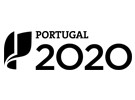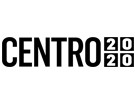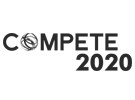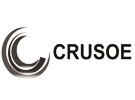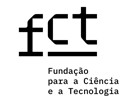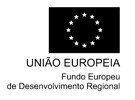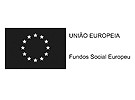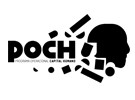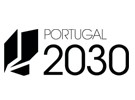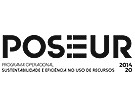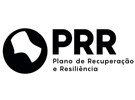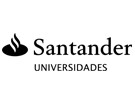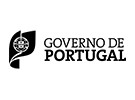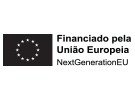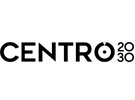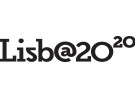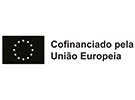



Publication in the Diário da República: Aviso n.º 23177/2023 de 30/11/2023
12 ECTS; 1º Ano, Anual, 20,0 T + 60,0 TP , Cód. 66597.
Lecturer
- Carlos Alberto Moisés Bento (1)
(1) Docente Responsável
(2) Docente que lecciona
Prerequisites
Objectives
Within the scope of Light and Image Technologies, the aim is for students to master the concepts and techniques relating to stage lighting, from the type of lighting, its assembly and control technologies, as well as the construction of narratives based on lighting; safety rules through Rigging techniques; use of Resolume Arena video software; programming and visualisation through the use of GrandMA3 software; Acquire knowledge of video configuration and Video Mapping as well as stage lighting as a component of the scene.
The Sound Technologies strand aims to foster an understanding of existing techniques and technologies in the field of capturing, processing and reproducing audio in its various applications. Knowing all the types and characteristics of microphones as well as the various techniques for capturing them on stage.
Acquiring knowledge of sound system alignment tools Smart Live software; acoustic and sound analysis software; operating sound mixing desks.
Program
1. Rigging:
a. Introduction to Rigging;
b. Ropes (Materials and knots);
c. Steel cables;
d. Truss structures.
2. Resolume Arena:
a. Introduction to Resolume Arena;
b. Configuring Outputs and Slices;
c. Mapping;
d. Live video mixing;
e. Live video effects.
3. Lighting and visualisation programming in GrandMA3:
a. New showfile;
b. Patch;
c. Use screens and windows;
d. Working with groups;
e. Recording and editing presets and sequences;
f. Effects;
g. Layouts;
h. 3D simulator.
4. Stage lighting as a component of the scene:
a. Scenography and lighting;
b. Light as performance;
c. Light, time, rhythm and movement;
5. Setting up and connecting a PA sound system
6. Sound mixing consoles:
6.1 Yamaha DM7 ,
6.2 Soudcraft VISeris ,
6.3 Midas Pro,
6.4 Behringer Wing
7. Knowledge of systems and equipment for capturing, processing and reproducing audio; operating principles, equalisers, mixing desks, compressors, amplifiers, speakers, alignment of sound systems, etc.
8. Types of Microphones
7.1 Dynamic microphone, Condenser microphone, Tape microphone, etc.
Unidirectional, Bidirectional, Omnidirectional
9. Pick-up techniques
9.1 Mono, XY, AB, etc.
10. Legislation
10.1 General Noise Regulation Decree-Law no. 9/2007
Evaluation Methodology
- Participation and completion of work in class (25%);
- Portfolio work (75%)
Assessment during Exam time:
- A new practical assignment to be delivered by the day of the test (100%)
Resource: - A new practical assignment to be delivered by the day of the test (100%)
The student is approved when he obtains a final classification equal to or greater than 10 (out of 20).
Bibliography
- Capel, V. (1992). Public Address Systems . UK: Focal Press
- Higgs, C. (2002). An Introduction to Rigging in the Entertainment Industry. UK: Cambridge Media Group
- Marques, M. (2014). Sistemas e Técnicas de Produção Audio . Portugal: FCA Editora de Informática
- Moran, N. (2007). Performance Lighting Design. UK: Methuen Drama
Teaching Method
Theoretical concepts are presented and explained by the lecturer with audiovisual support. The resolution of practical problems and the handling of light, image and sound equipment complement the teaching.
Lectures to provide a theoretical and concep
Software used in class
GrandMA3 OnPC, MA Lighting
Resolume Arena
Software Smart Live
